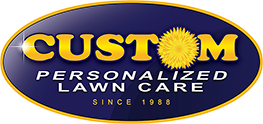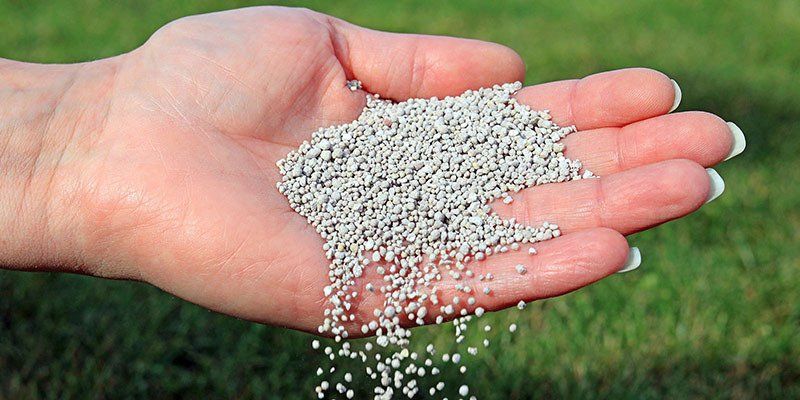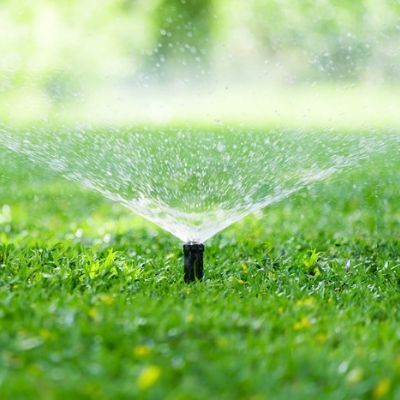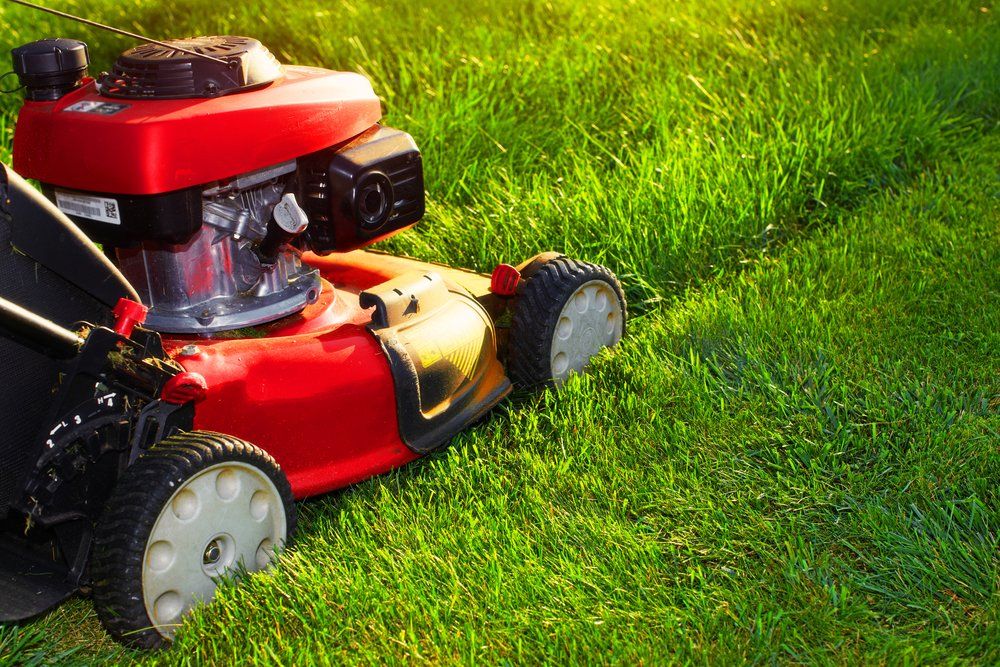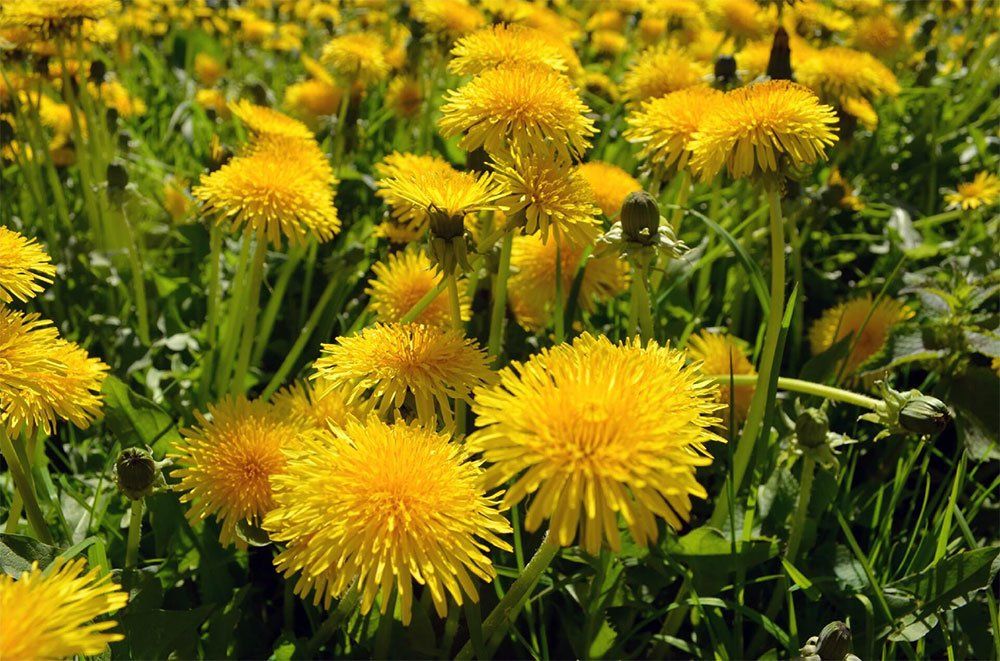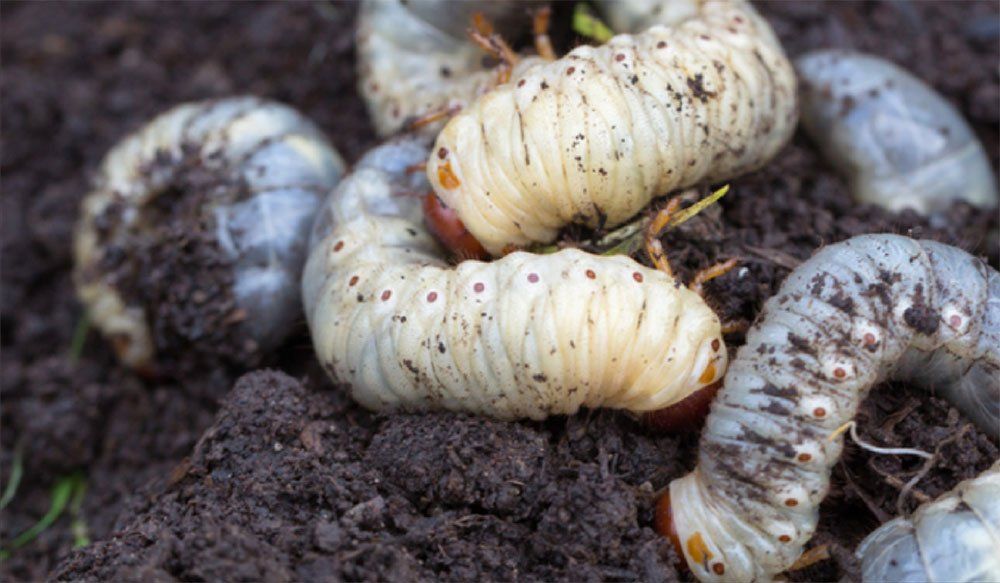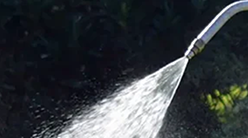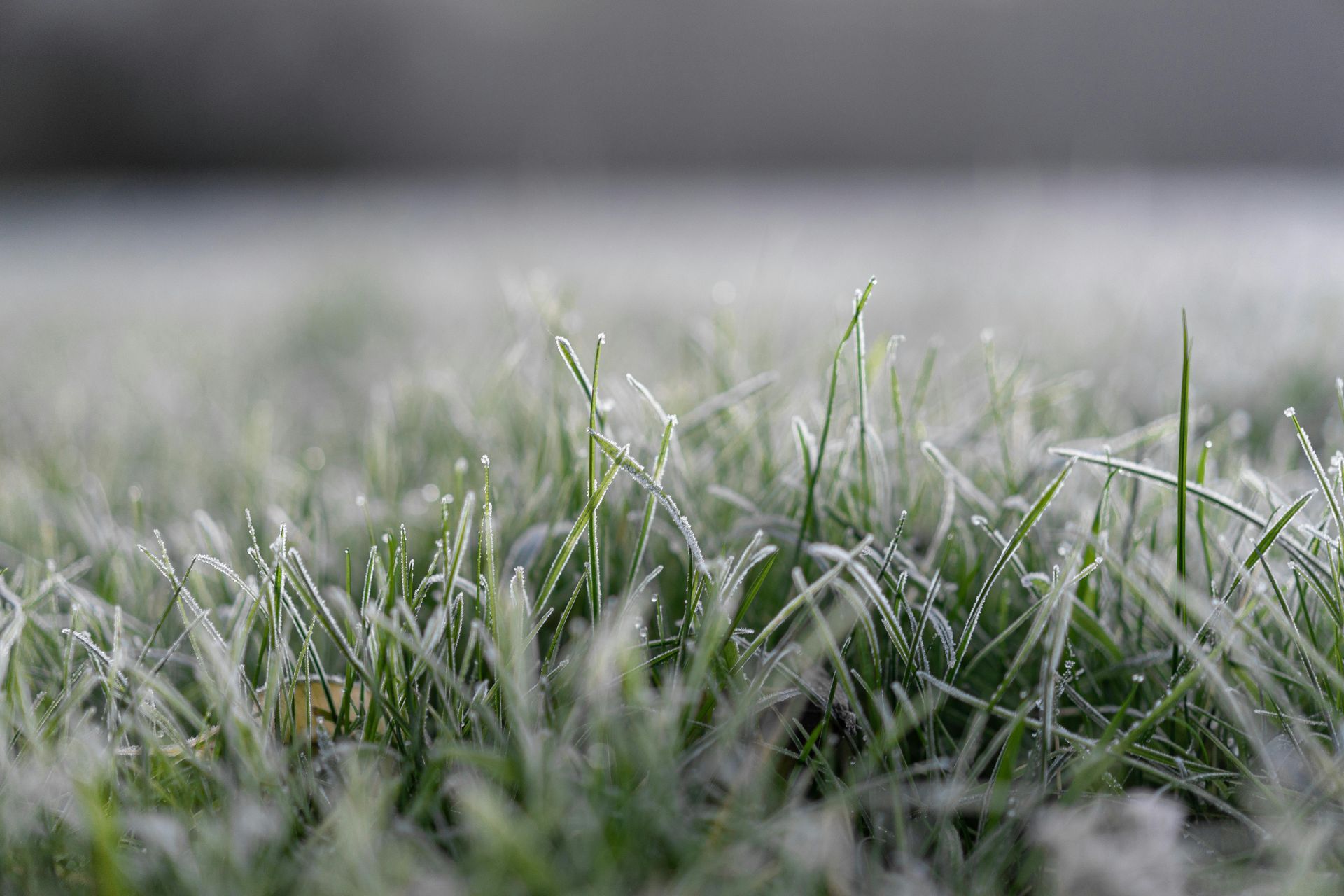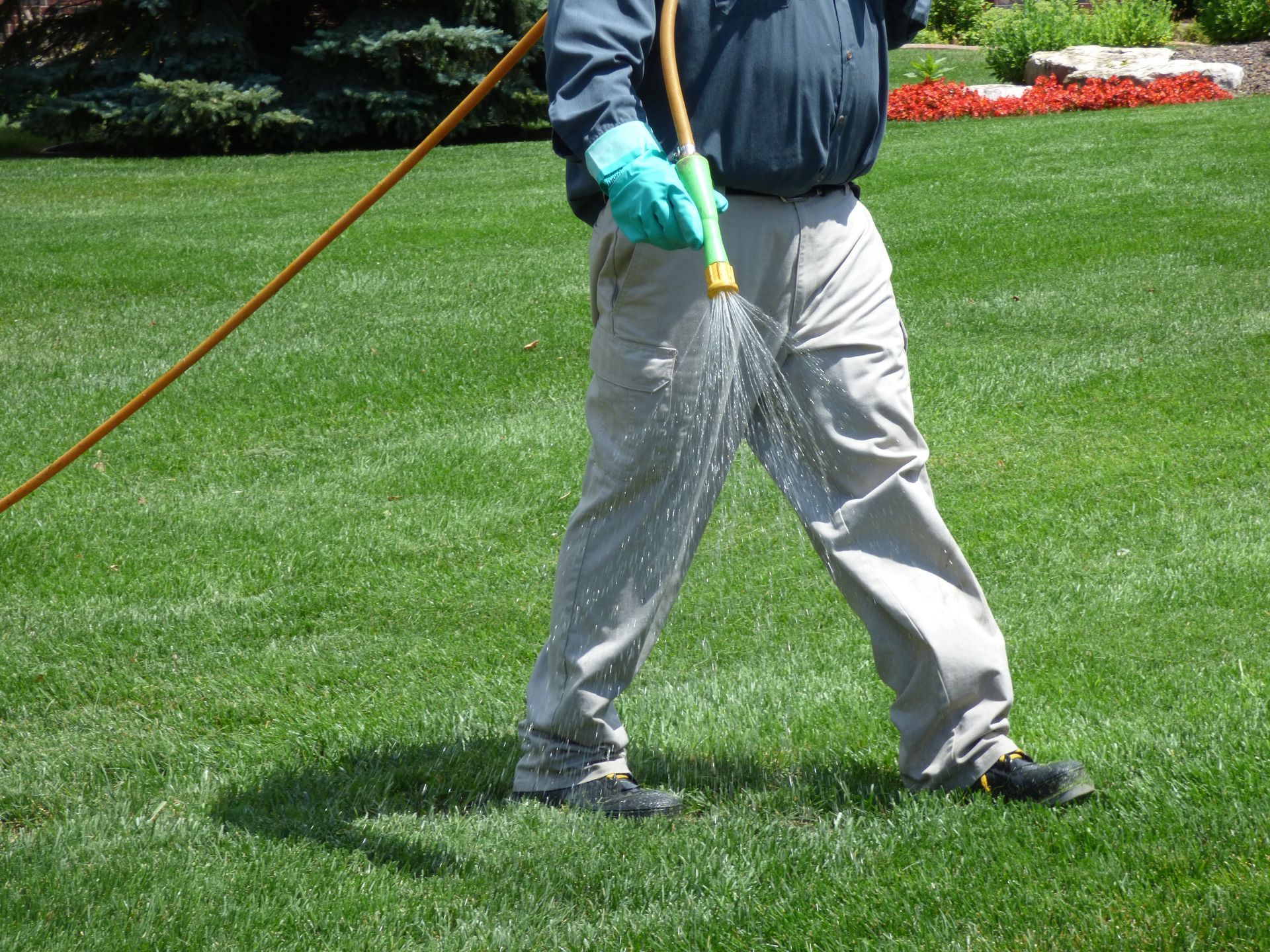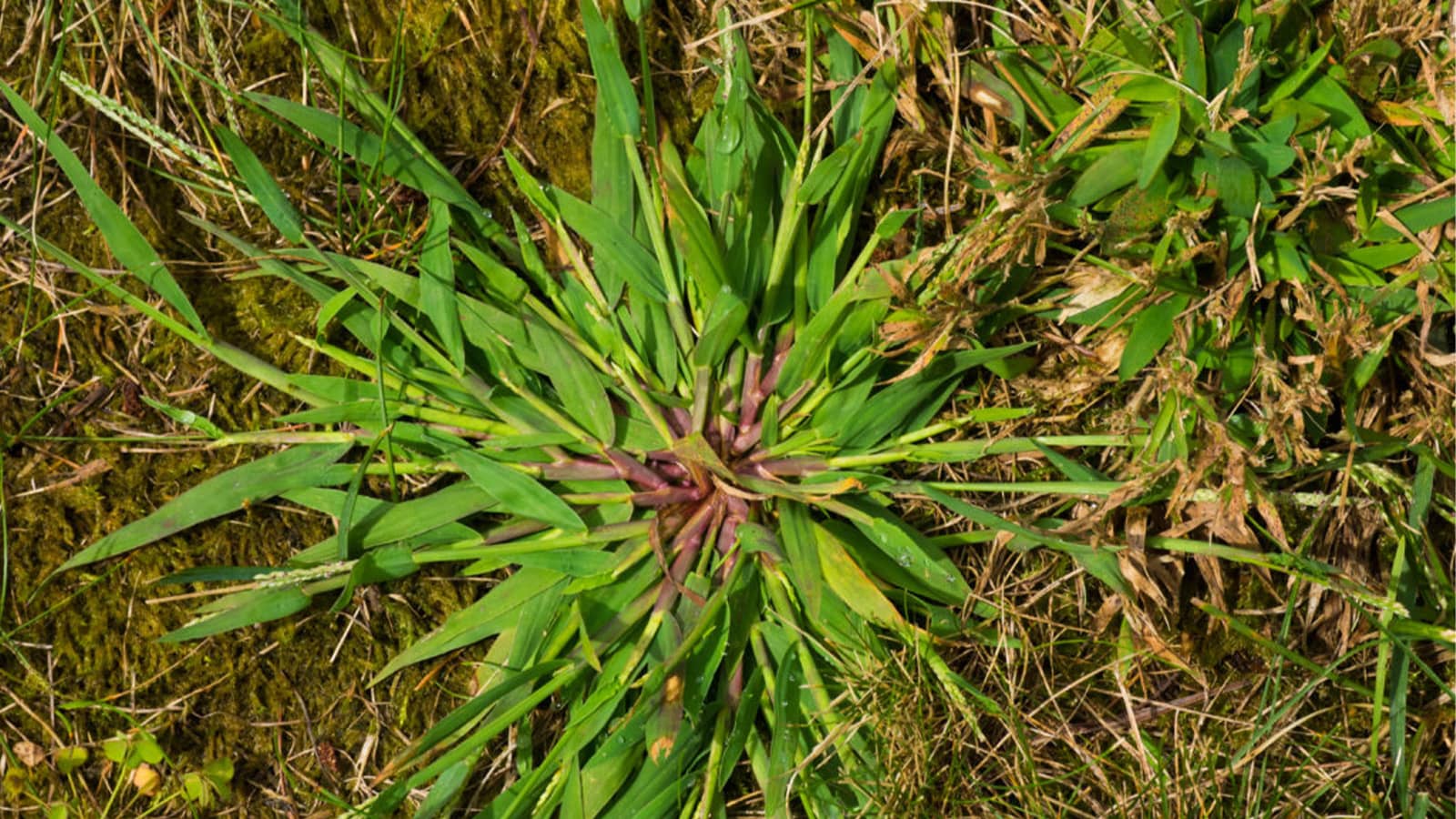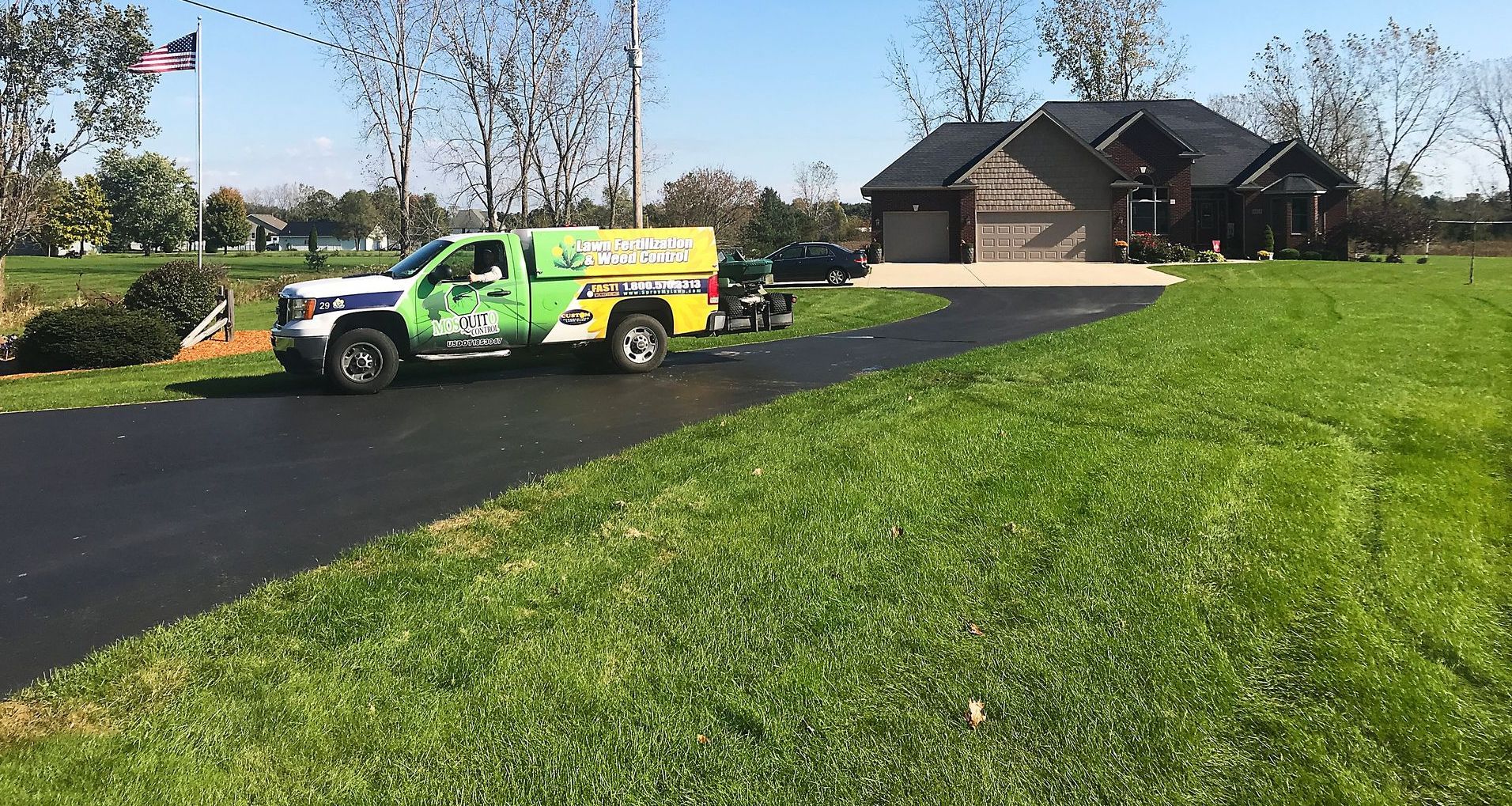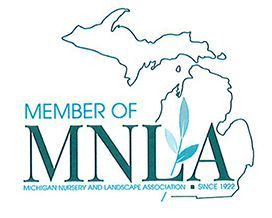By Brad Diffin
•
August 29, 2025
As August heat lingers, many homeowners notice crabgrass popping up most often along sidewalks, driveways, and curbs. These edge areas are the perfect breeding ground for crabgrass—and there’s a reason behind it. Why the Edges Are Vulnerable Concrete absorbs heat all day and releases it back into the surrounding soil, driving temperatures much higher than the rest of your yard. Cool-season grasses don’t handle these hotter, drier spots well—but crabgrass does. By late summer, conditions are just right for it to grow and spread. What’s Going On With Your Lawn Spring protection fades: Pre-emergent products applied in spring slowly break down through sunlight, microbial activity, and heat. Around concrete, where the soil can be 10–15°F warmer, this process happens faster, leaving those areas more exposed by late summer. Stressed turf = open space: Grass near curbs and walkways often weakens in the heat, creating thin spots. Dormant crabgrass seeds lying in the soil for years can then germinate and fill in these gaps. Spreading risk: Once crabgrass gets established along the edges, it doesn’t stay put—it can move into healthy turf, making it a bigger challenge for next season. How Custom Personalized Lawn Care Responds Our late-summer treatments are designed to address these high-stress zones. We target the edges where crabgrass pressure is highest, support your grass during heat stress, and prepare your lawn for a smooth transition into fall growth. What You Can Do at Home Water border areas regularly during dry, hot weeks to relieve stress. Keep mower blades high when trimming near concrete—avoid cutting too short. Try not to disturb the soil along sidewalks and driveways, since that can bring dormant crabgrass seeds to the surface. By combining our professional care with these simple practices, you’ll reduce crabgrass pressure now and set your lawn up for healthier, stronger growth next year.
